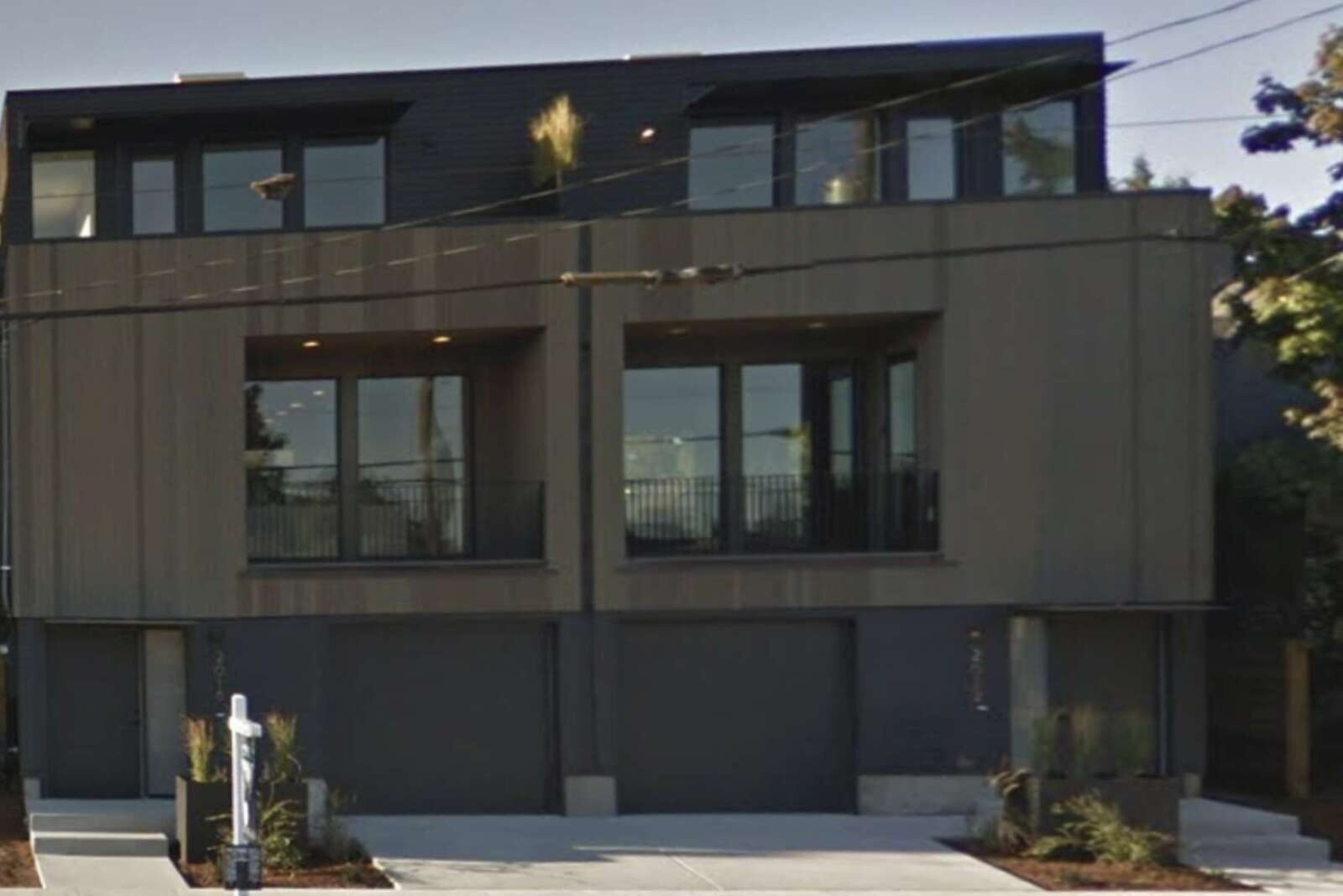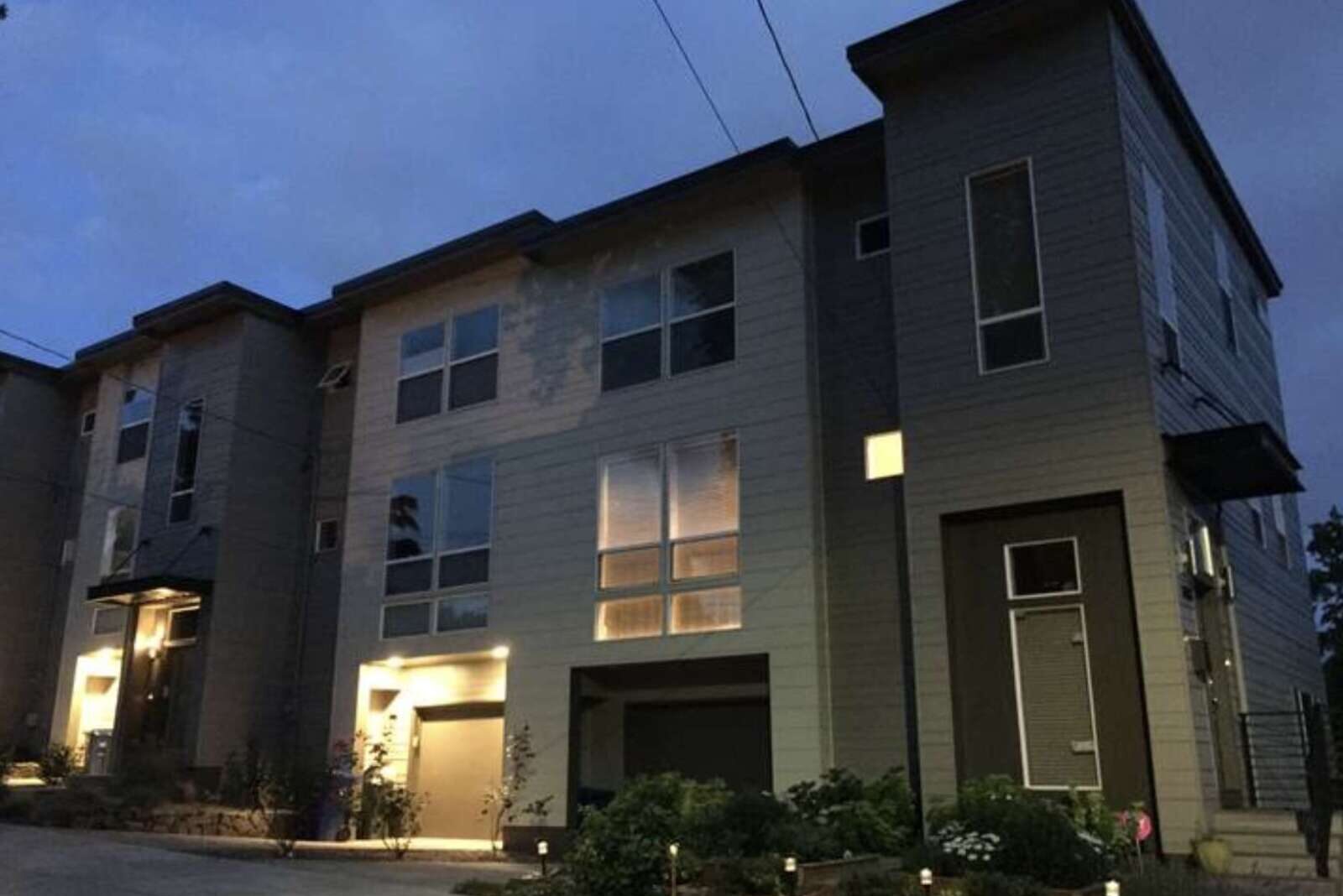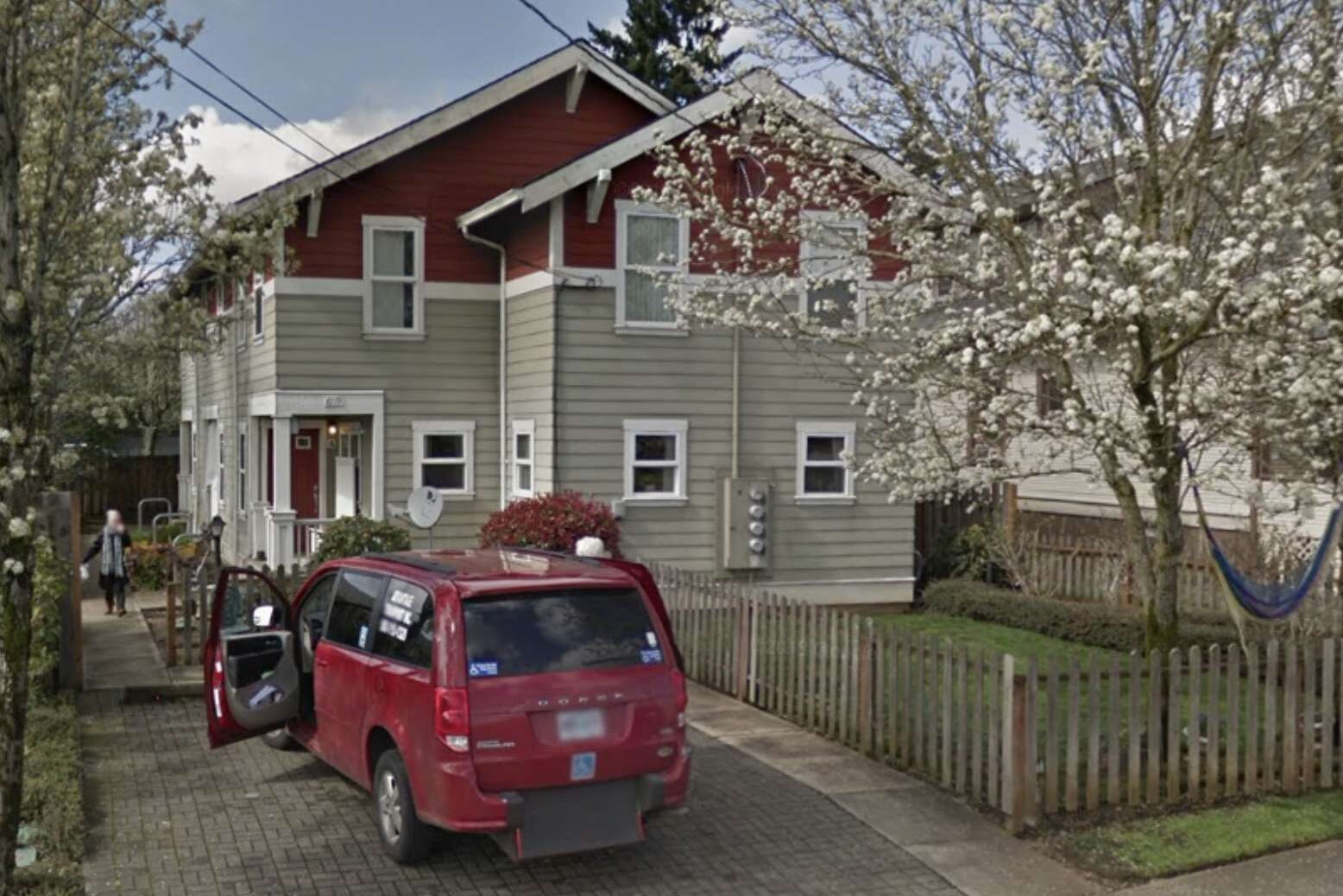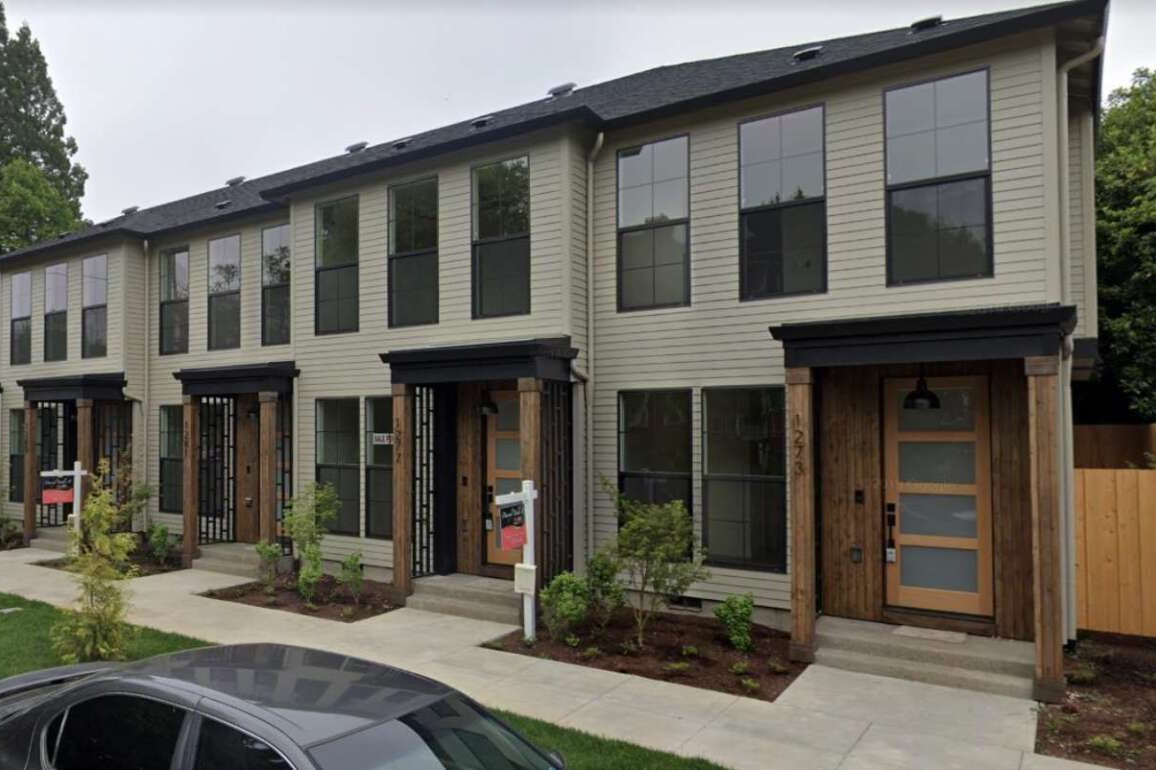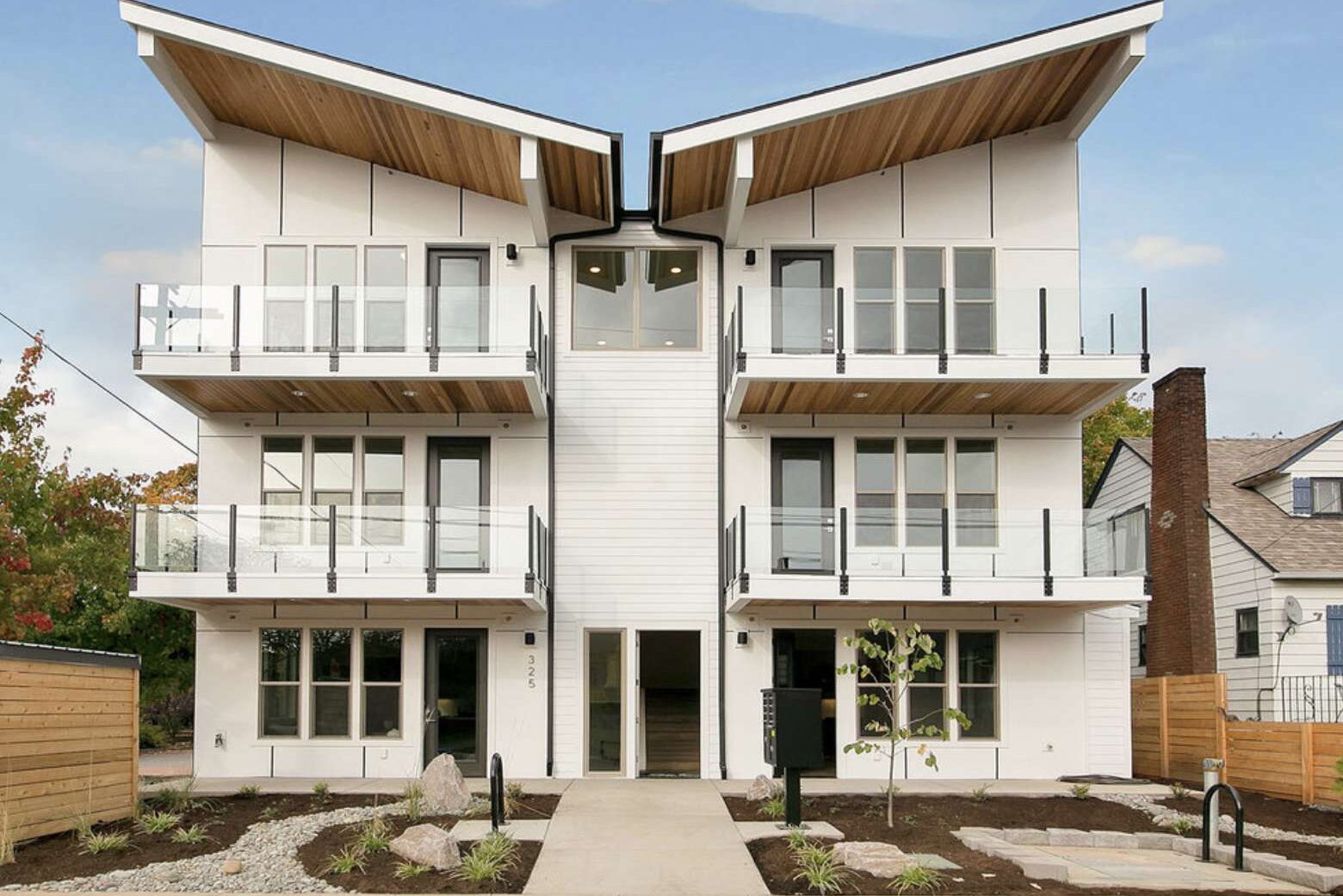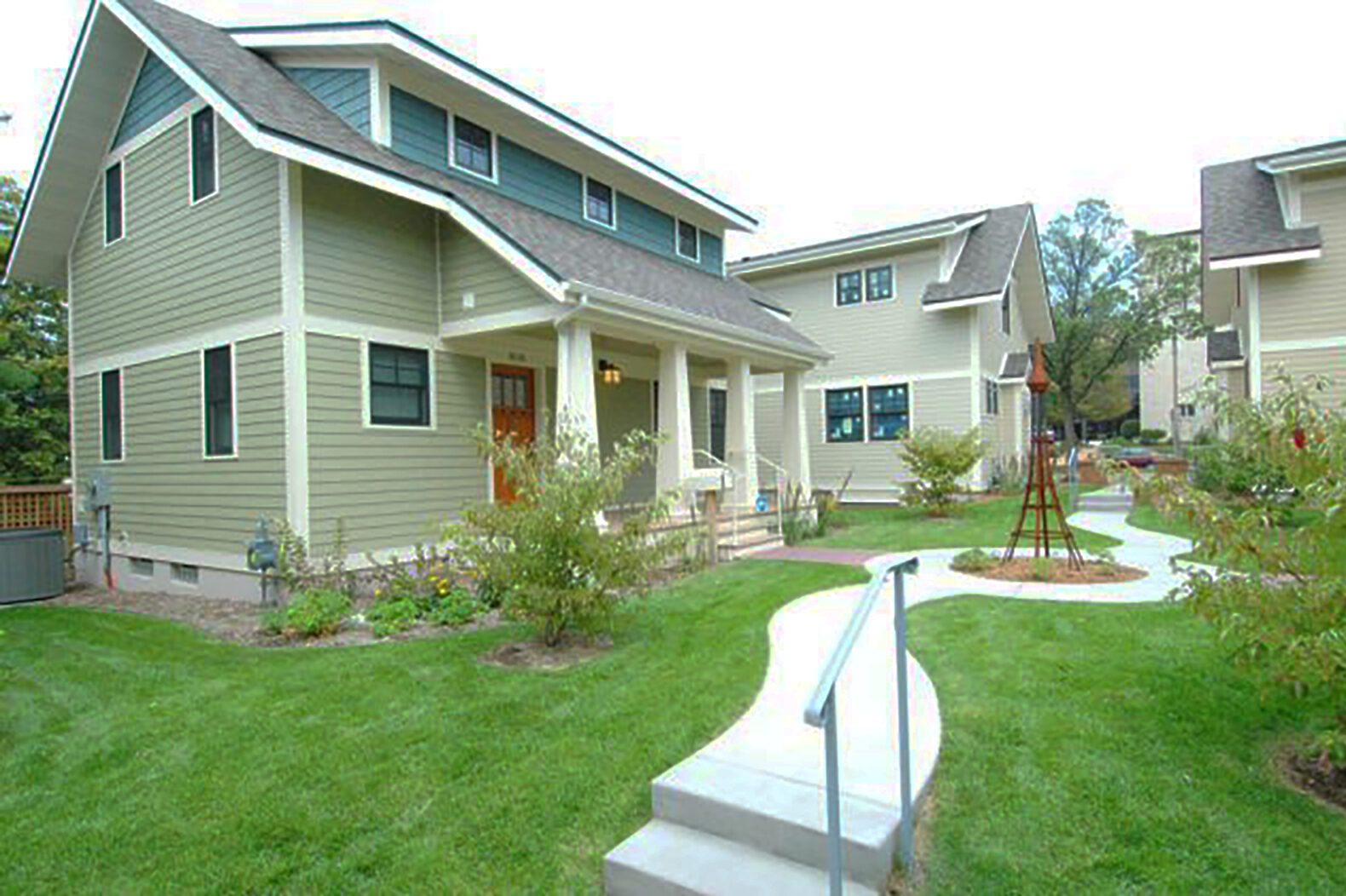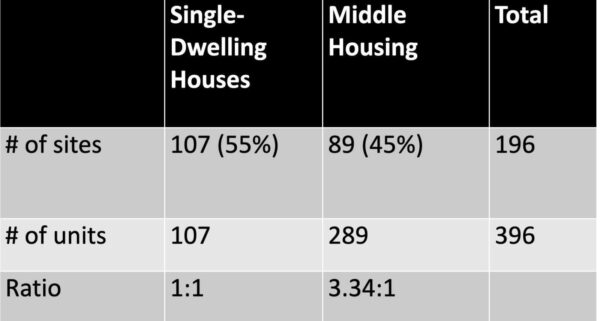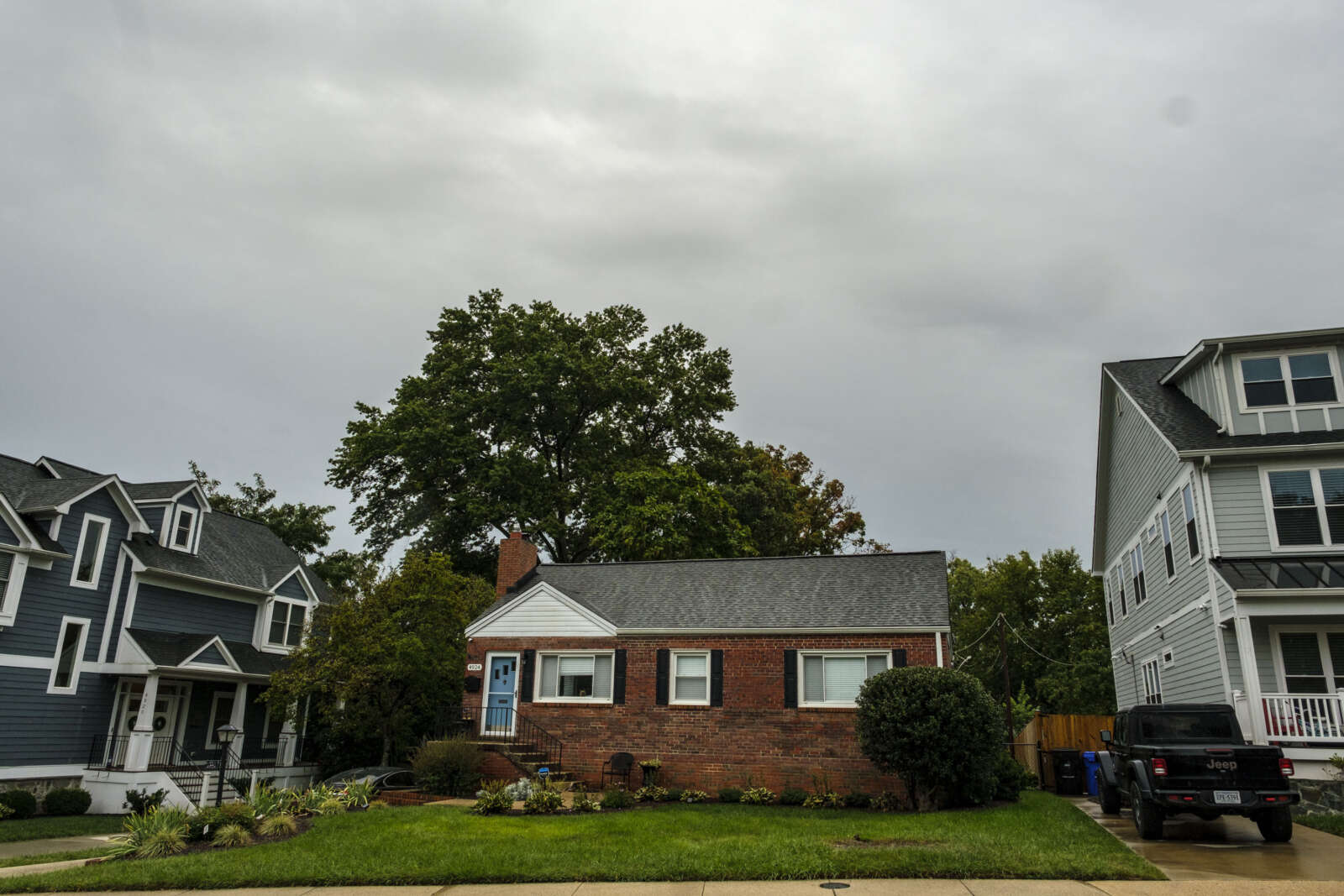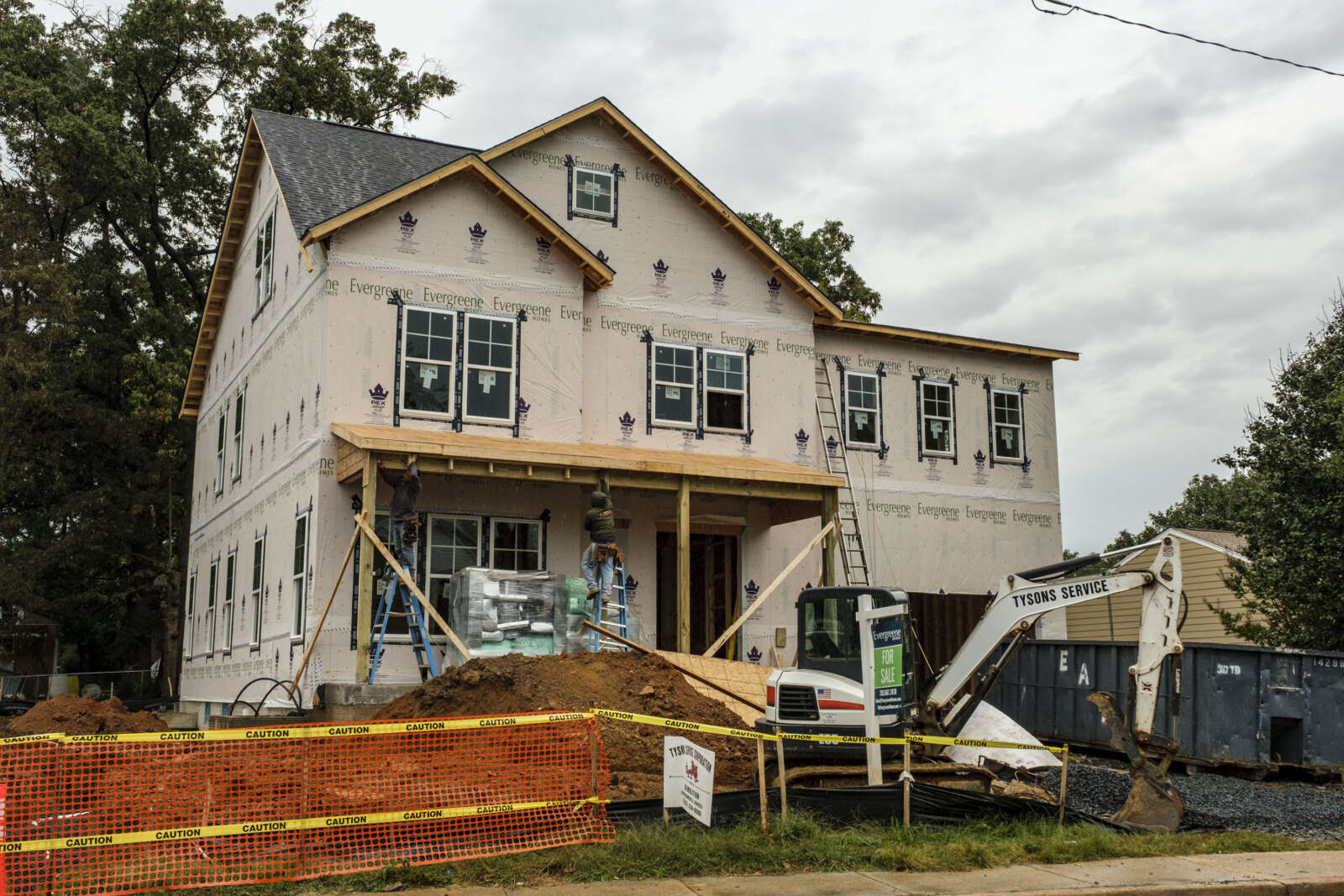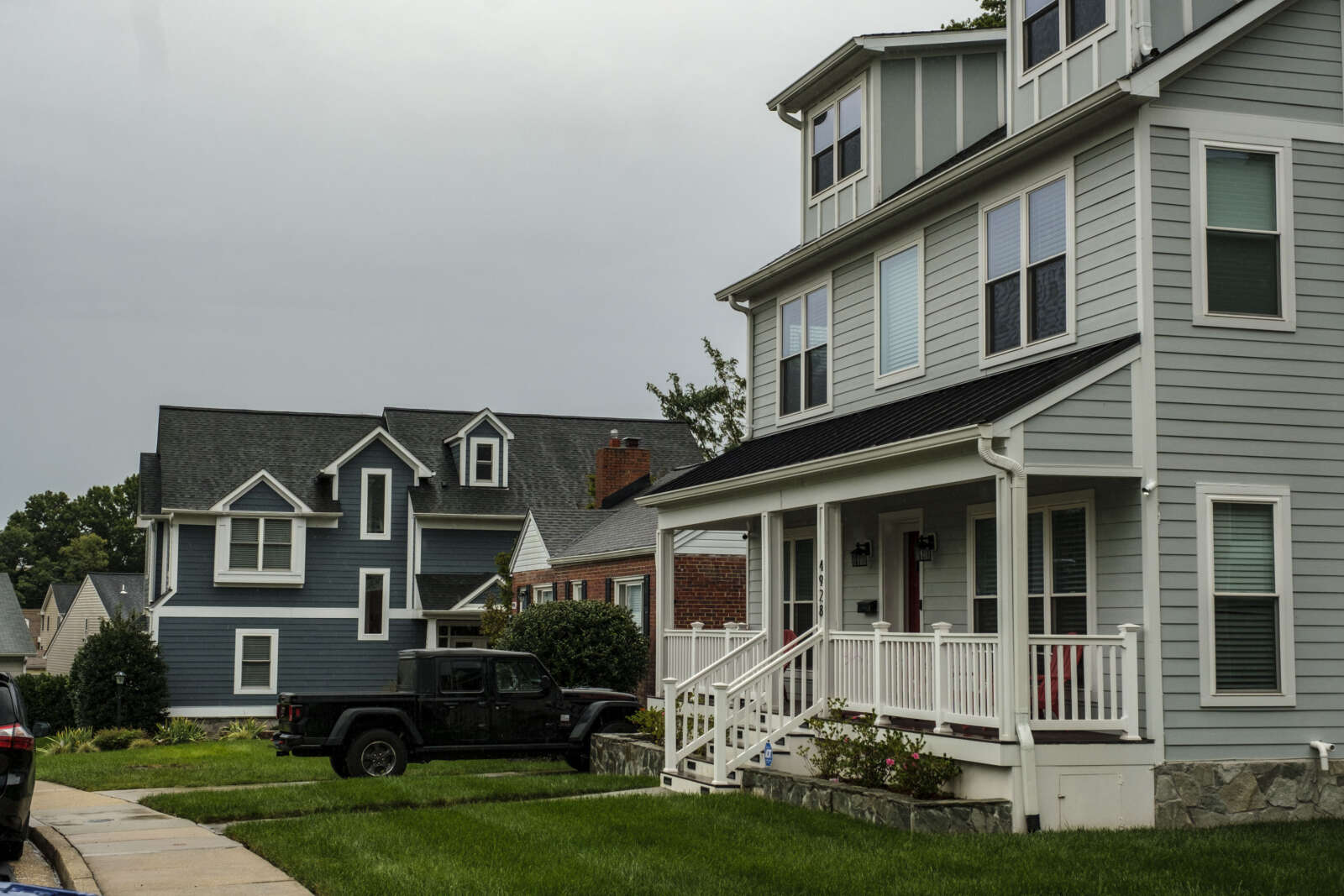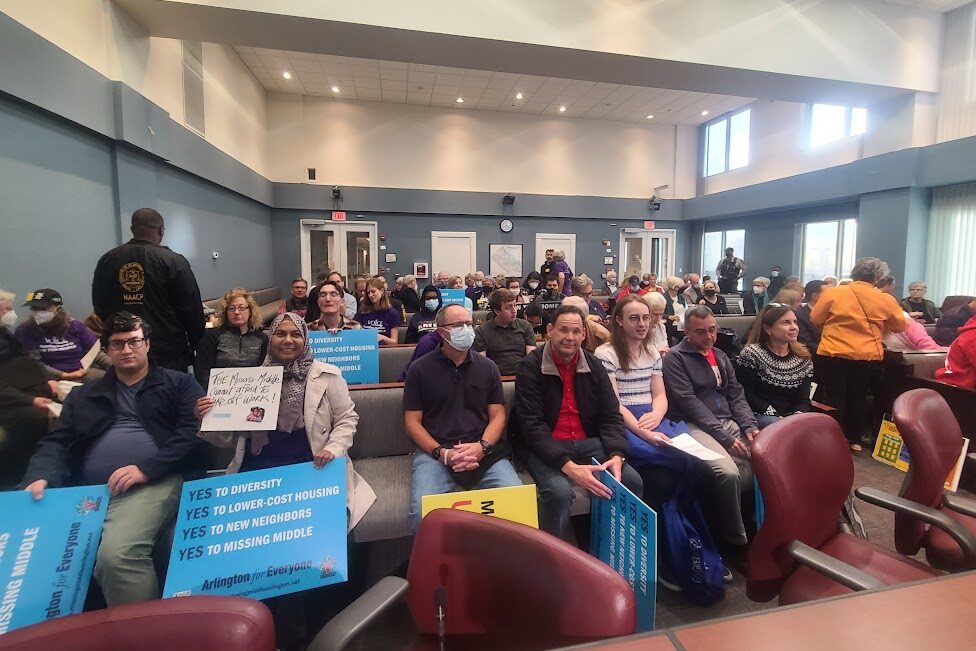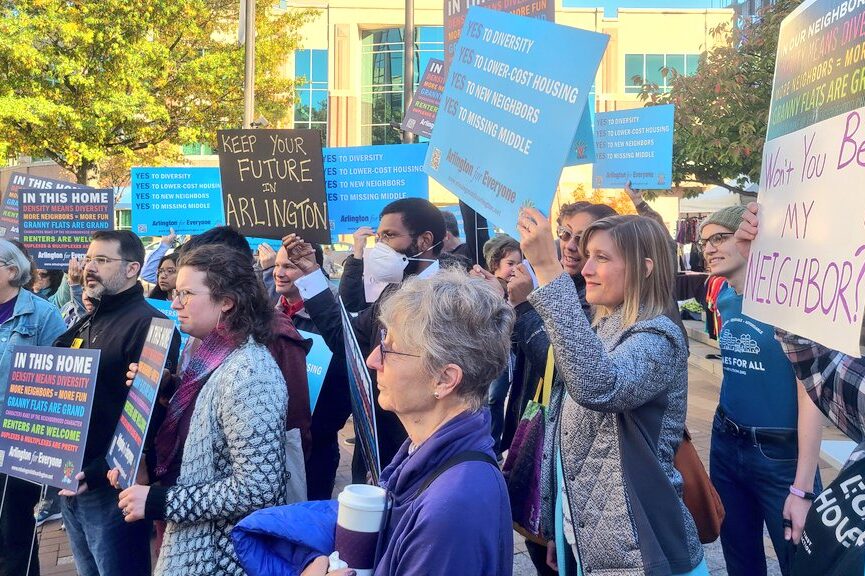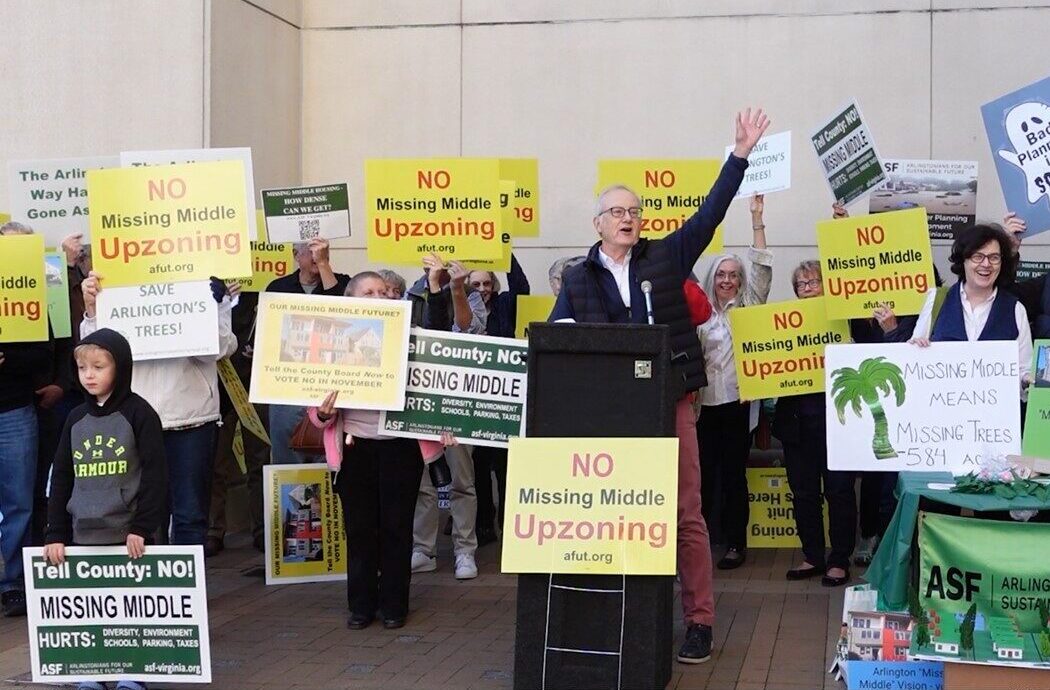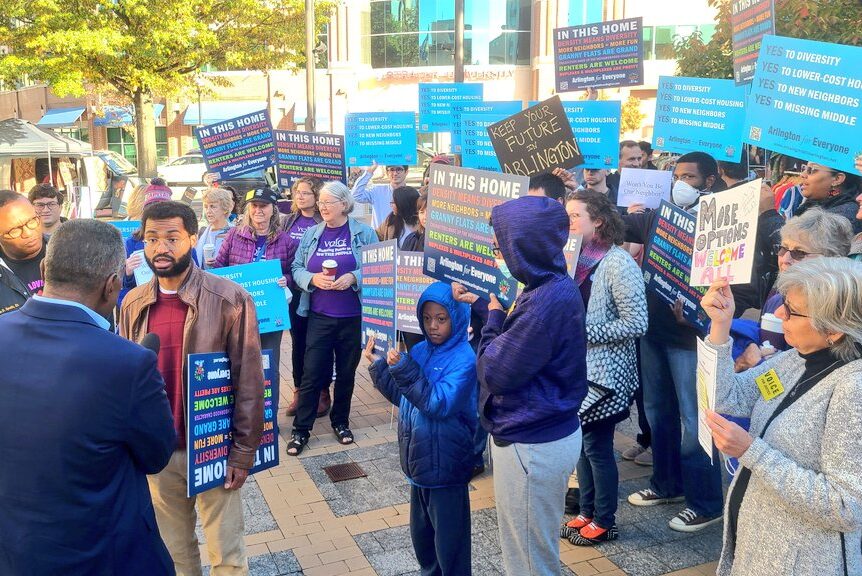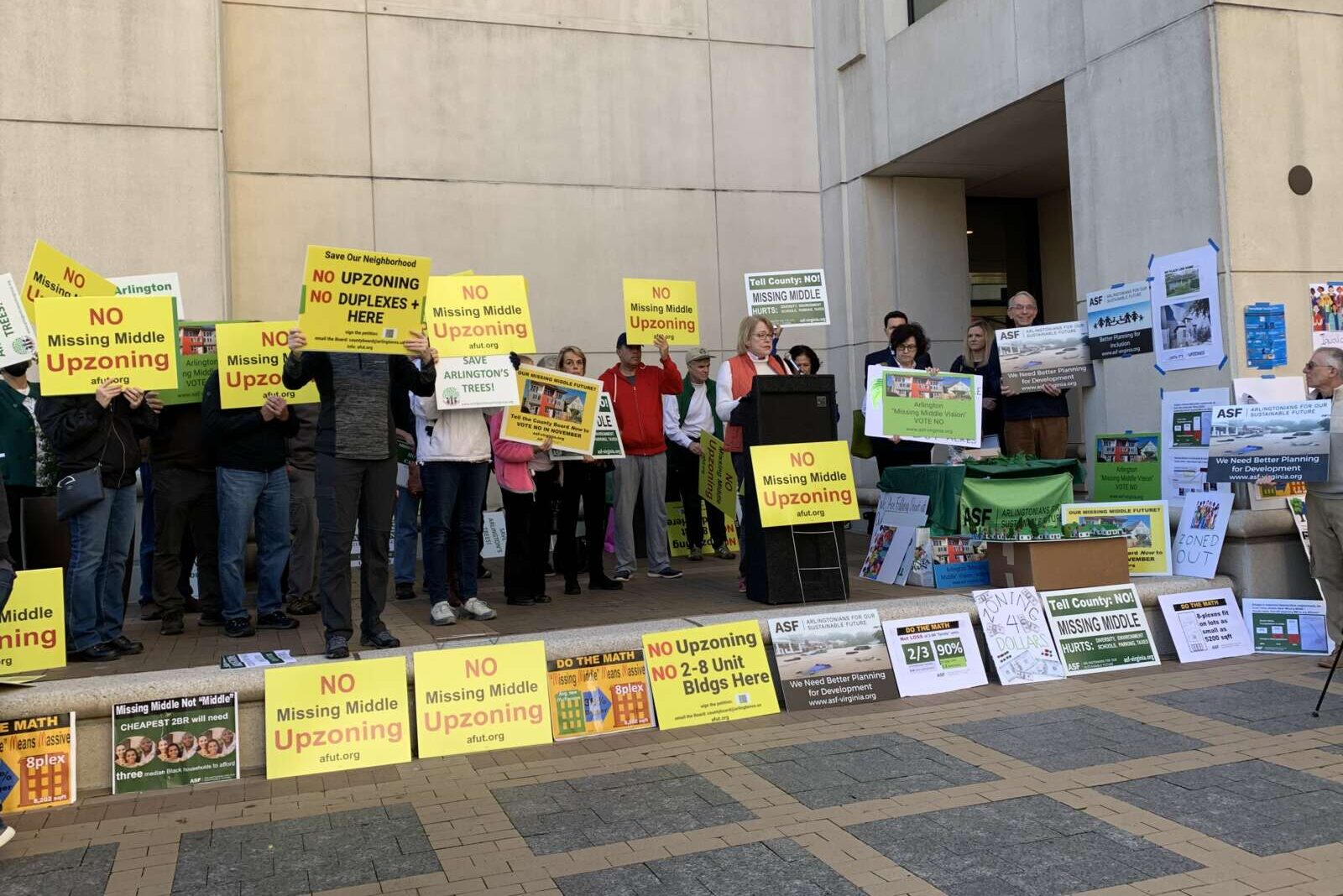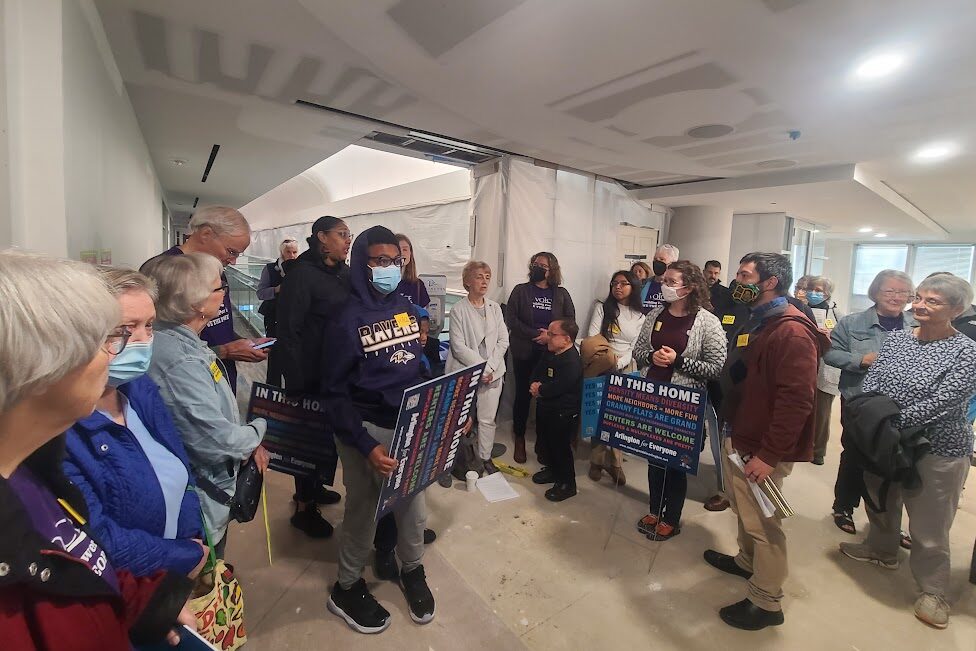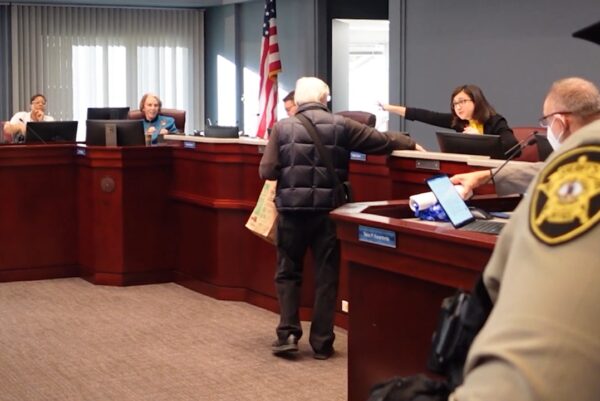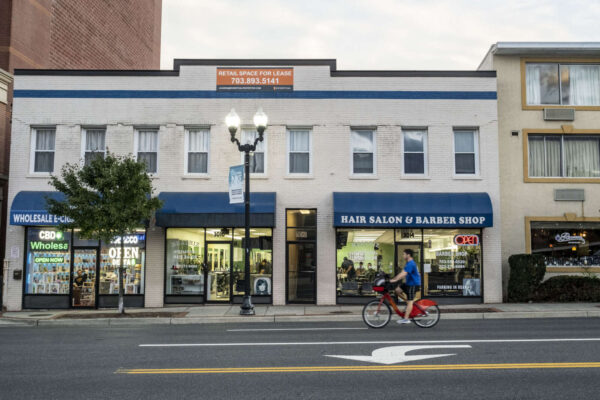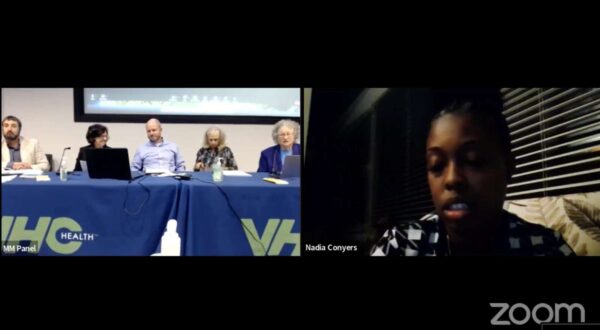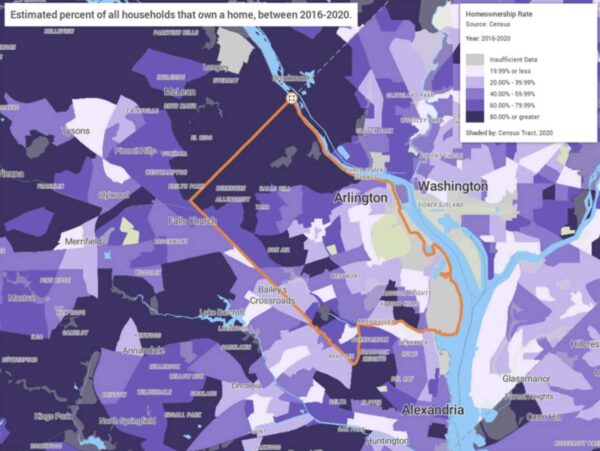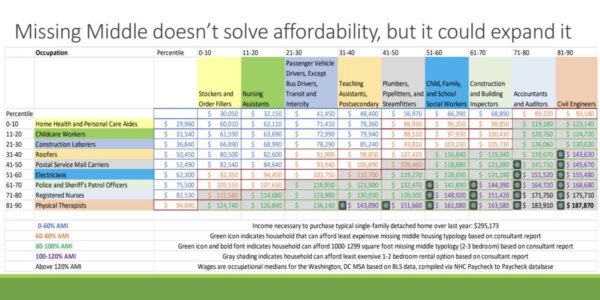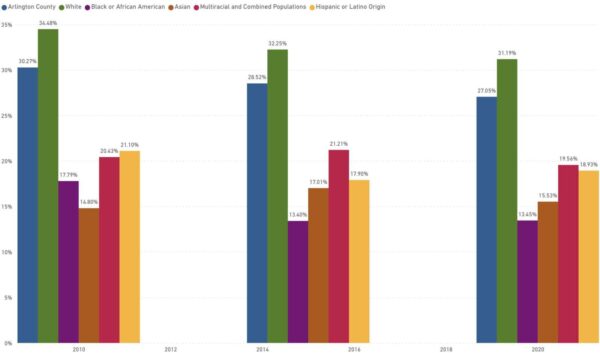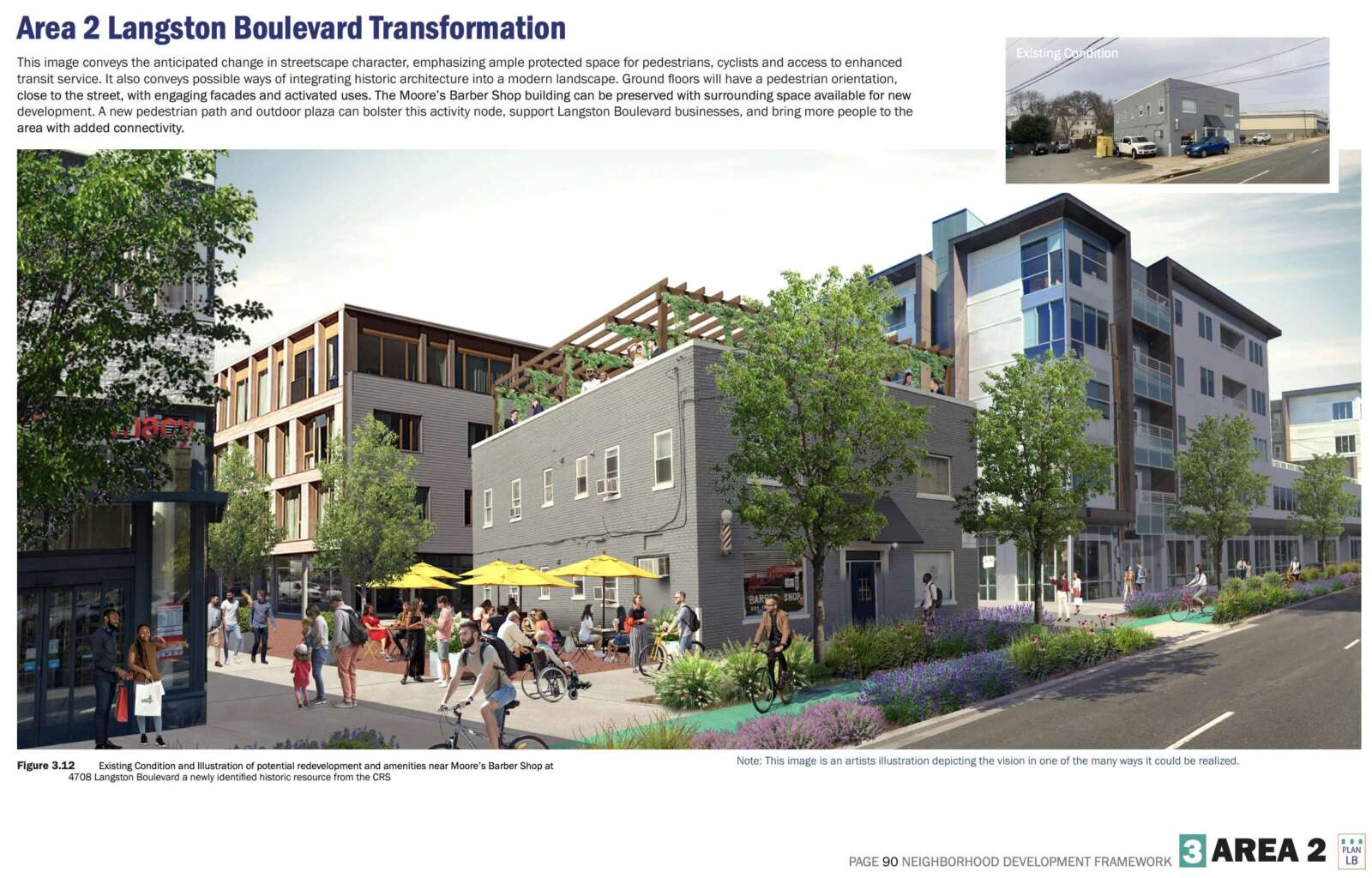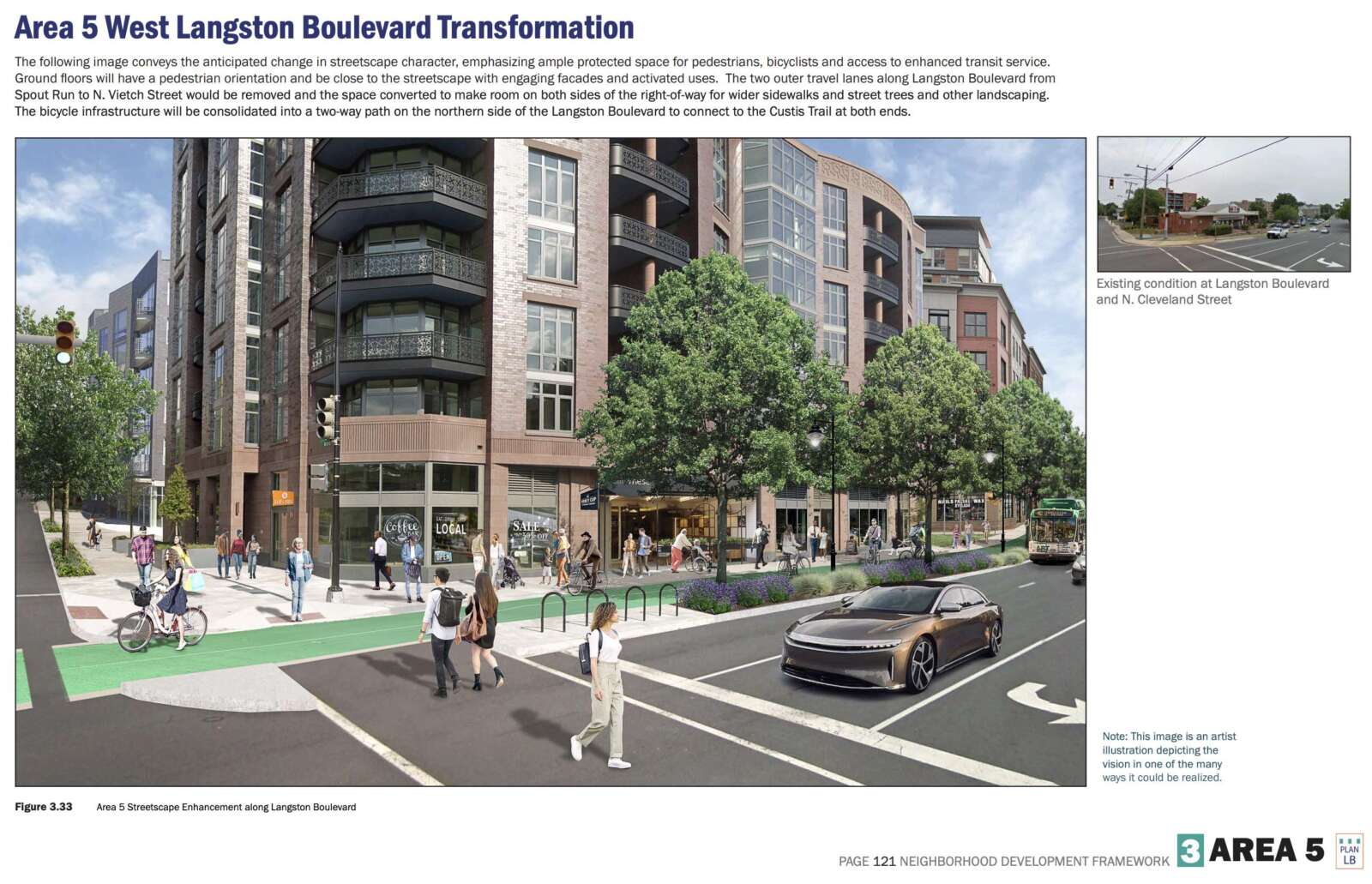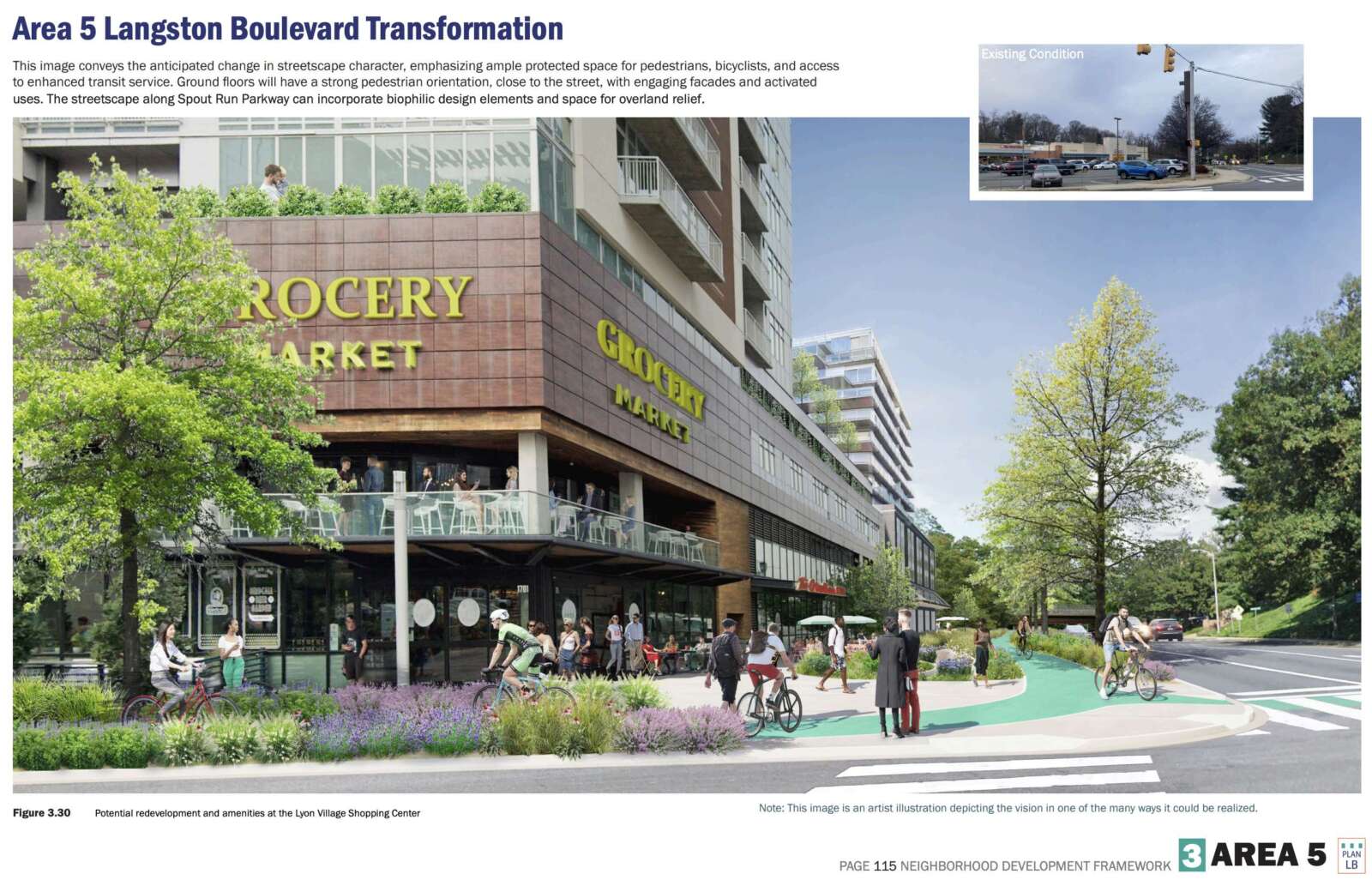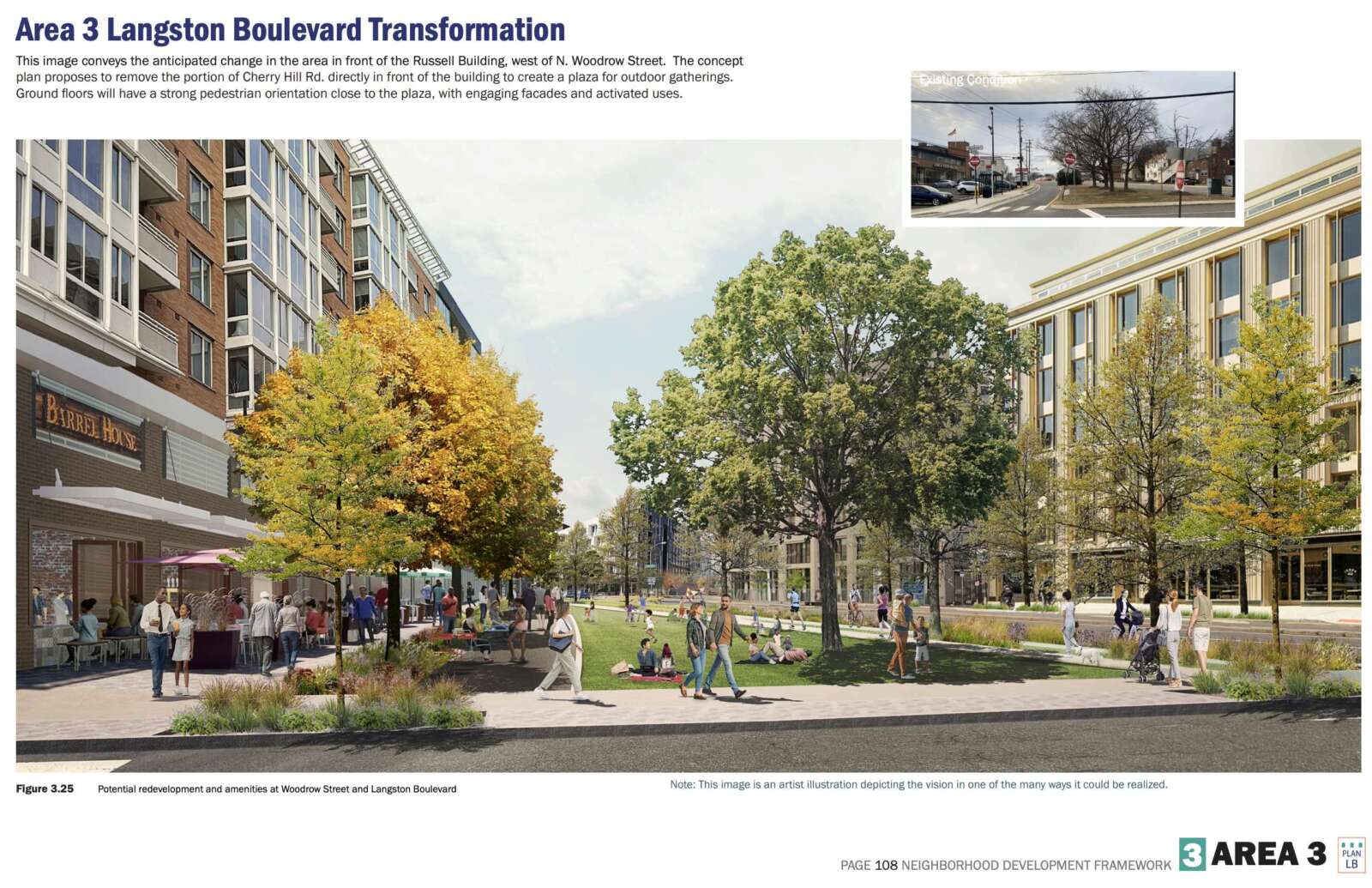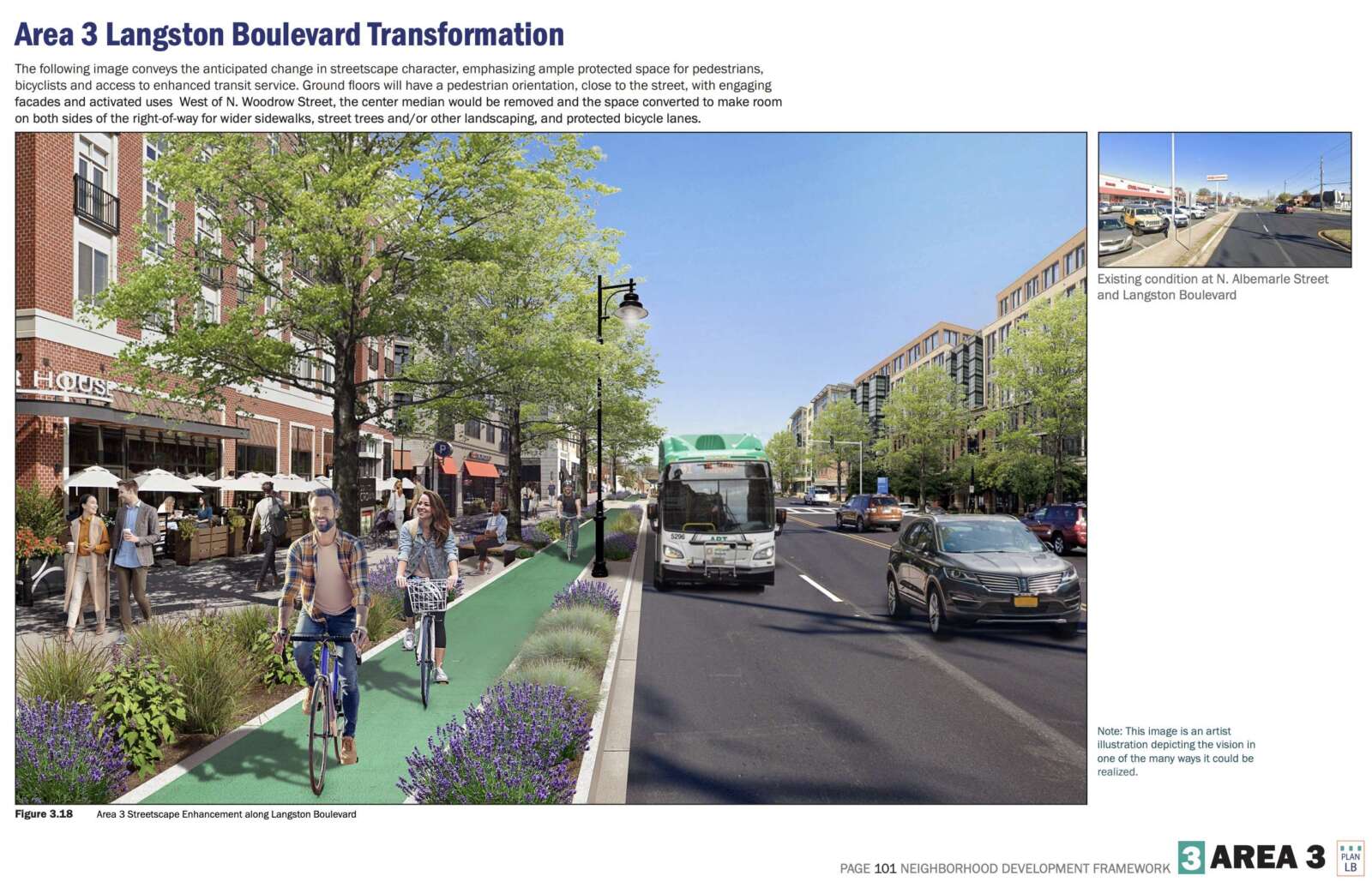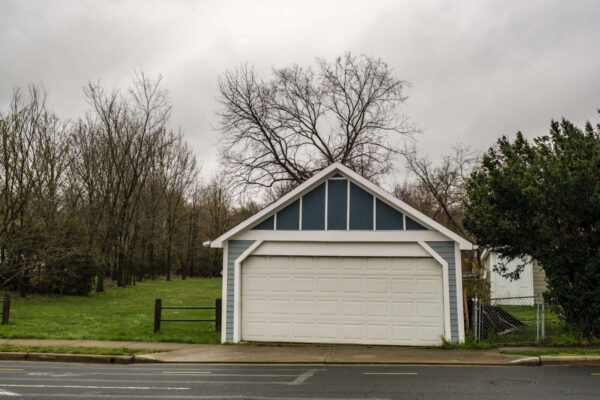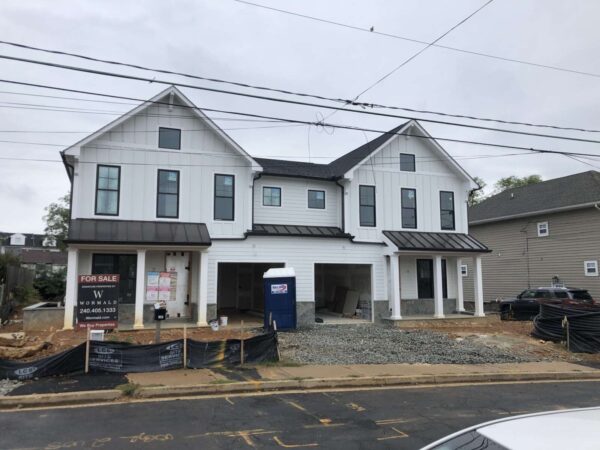
The Arlington County Board says a draft version of zoning changes that could allow Missing Middle housing types includes provisions that respond to community concerns raised this fall.
After contentious meetings this summer, the county hosted community conversations and information sessions to gather more feedback from residents and share more information about its proposal to allow “middle housing” types — ranging from duplexes to eight-plexes — in districts zoned for single-family homes.
The new draft document, released Monday night, allows the by-right construction of duplexes, three-unit townhouses and multifamily buildings with up to eight units on lots no larger than one acre in districts currently only zoned for single-family homes. (Lots greater than one acre would require the county’s site review process that incorporates public hearings.)
The new additions address the number of units allowed per lot, parking requirements, tree loss and the overall impact of Missing Middle on the pace of redevelopment, per a County Board letter to the Planning Commission describing the draft.
“The input from so many members of the Arlington community has shaped the options for text amendments that are now before you for consideration,” the Board letter says. “The Phase 3 Preliminary Policy Approaches and Considerations — options which this text could effectuate — reflect key areas of community feedback.”
Now, the Arlington County Board is set to decide whether density should be determined by the size of the lot, or if all lots should allow up to eight-unit buildings, as long as the building footprint does not exceed a certain level.
Missing Middle proponent Jane Green, representing YIMBYs for Northern Virginia, said the tiering proposal “is reasonable and codifies what would mostly happen based on the reality of building code restrictions.”
Another proponent, a longtime housing researcher Michael Spotts, said in a thread on Twitter that he prefers allowing eight-unit buildings everywhere, but the tiered option “seems flexible enough to enable MM while addressing concerns about massing on smaller lots.”
Regarding parking, there are new limits placed on the number of spots required per building that vary based on proximity to transit and whether the building is on a cul-de-sac.
The draft text would require at least .5 parking spaces per unit within a certain distance of transit, and at least one parking space per unit for dwellings on a cul-de-sac, regardless of proximity to transit.
For advocates, that’s too much parking. Spotts noted he thinks the parking standards are “a bit too high,” but, he added, “I like that they allow for administrative approval for off-street parking reductions if on-site parking is available. ”
This marks a departure from other municipalities that have already approved Missing Middle housing. Both Portland and Minneapolis removed parking minimums to encourage construction of these housing types.
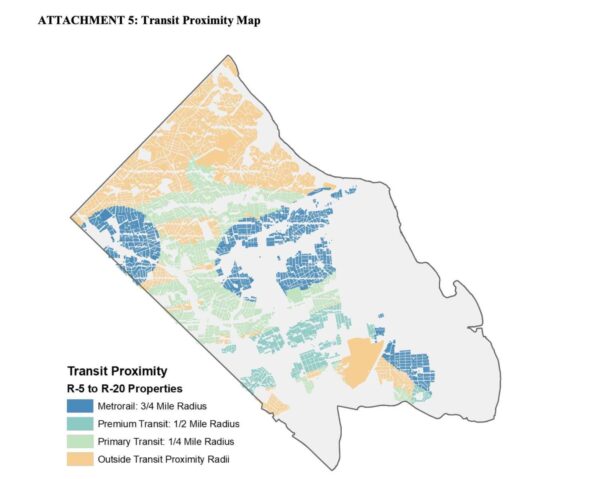
As for trees, the draft proposes requiring at least one tree for every dwelling unit on a lot.
While Green and Spotts said the provision on trees highlights the county’s willingness to listen and change, Missing Middle opponents are not so sure.
“The new draft Missing Middle plan shows that the County Board is listening to its critics,” Green said. “It provides options that address tree canopy, the potential of limiting higher unit buildings to larger lots and adjusting parking requirements by proximity to transit.”
Anne Bodine, of Arlingtonians for Our Sustainable Future, which opposes the proposal, said “it sounds good at first glance, but I’m not sure how it clicks with” state tree planting requirements.
Lastly, regarding the limits on the pace of development, staff have included “placeholder” language floating the idea of annual caps on development or neighborhood-based caps to prevent high concentrations of projects in some areas and little change in others.
That responds to concerns that neighborhoods with relatively less expensive homes and land values, such as Halls Hill, will see more development than more expensive neighborhoods further north.
But YIMBYs of NOVA is urging the county to adopt options providing “the fewest barriers to building new housing,” Green said.
“In particular, the County should reject options that allow caps on the number of units per year,” she said. “Addressing our housing crisis cannot wait.”


